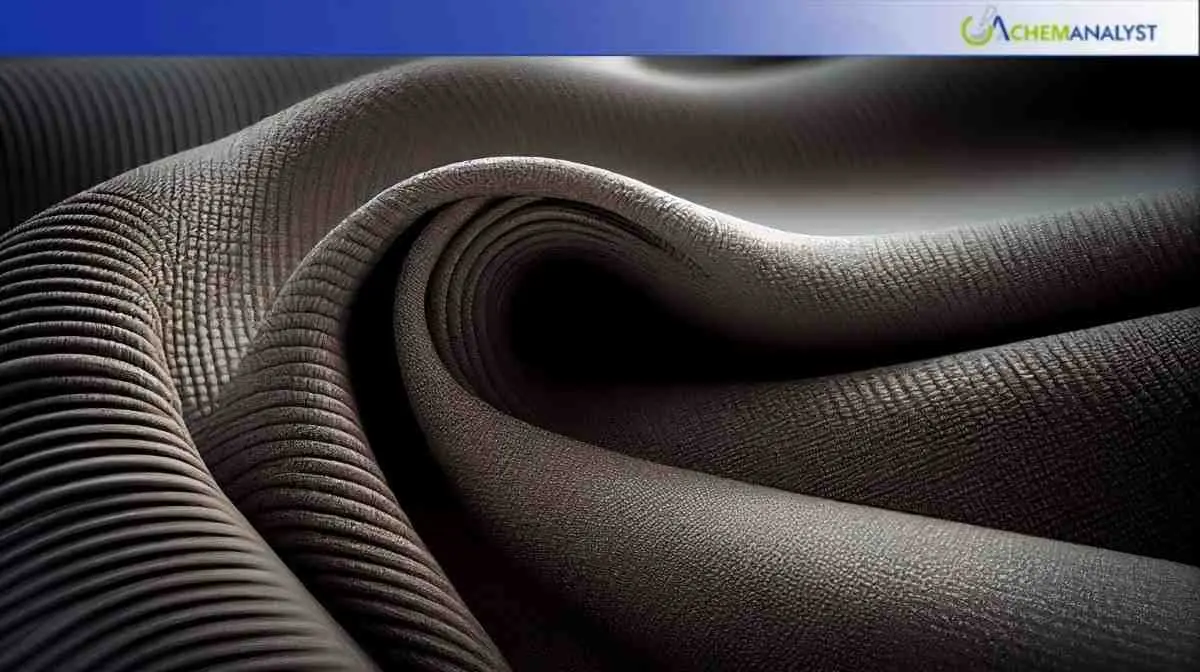Welcome To ChemAnalyst

For the week ending 10 October 2025, Polyamide 6,6 prices remained flat in the U.S. but dropped in Germany. Stable supply conditions coupled with subdued downstream demand shaped market sentiment, with procurement plans being prudent in both markets.
Polyamide (DEL US Gulf) United States prices were unchanged during the last week, reflecting an evenly matched market environment. Domestic producers benefited from declining adipic acid feedstock prices, which sustained easy plant operations and good conversion margins. Production activities remained on a smooth footing, supported by favorable weather conditions and smooth supply chains.
Asian and European Polyamide import quantities continued to flow in adequate volume, fuelled by a 1% fall in Drewry's World Container Index, which decreased the freight cost and improved the landed prices. Though vendor delays caused by tariffs affected them, they did not have any material impact on supply continuity.
On the consumption side, Polyamide demand remained weak on major sectors. A 13.91% month-to-month decline in passenger vehicle sales compelled OEMs and plastic converters to cut ordering while the textile industry curtailed purchases in the wake of a 1.06% drop in apparel sales and a 5.6% decline in the Consumer Sentiment Index. All these contributed to cautionary buying, as converters reduced inventories rather than letting out new orders. The interaction of frugal supply and contained demand-maintained Polyamide prices firm during the week.
In contrast, German polyamide DDP Hamburg prices dropped by 1.2% during the same period because of subdued demand and risk-averse industrial mood. Domestic manufacturing was solid, supported by flat adipic acid prices and stable operating costs. However, broader manufacturing conditions started to take the heat, with a slight deterioration in September due to mounting global competition and trade-related risks like the impact of U.S. tariffs.
Manufacturers embraced cautious production tactics, as supply chain tensions mounted—average delivery lead times for inputs lengthened for the first time since October 2022, making Polyamide procurement schedules more complex.
On the demand side, despite domestic passenger car registrations enhancing by 13.65% compared to the previous month, converters persisted with defensive procurement mindsets, citing sufficient Polyamide stocks and low visibility. Export markets were weak, with Polish, Czech, and Italian buyers purchasing only on a necessity basis fearing further price adjustments. All these put together led to the bearish price action for Polyamide, which reinforced risk-averse attitudes in the area.
In the near future, U.S. polyamide prices are expected to stabilize on the strength of healthy supply chains and cheap feedstock conditions. However, unless downstream industries, particularly automotive and textile industries, lift, demand will continue to be weak.
In Germany, further Polyamide price softening cannot be ruled out if industrial sentiment weakens further and export activity does not pick up. Seasonal production trends and stock repricing will be the key drivers of procurement strategies. On aggregate, both markets will operate within a narrow price band, with sentiment more driven by macro pressure than by supply side shocks.
We use cookies to deliver the best possible experience on our website. To learn more, visit our Privacy Policy. By continuing to use this site or by closing this box, you consent to our use of cookies. More info.
